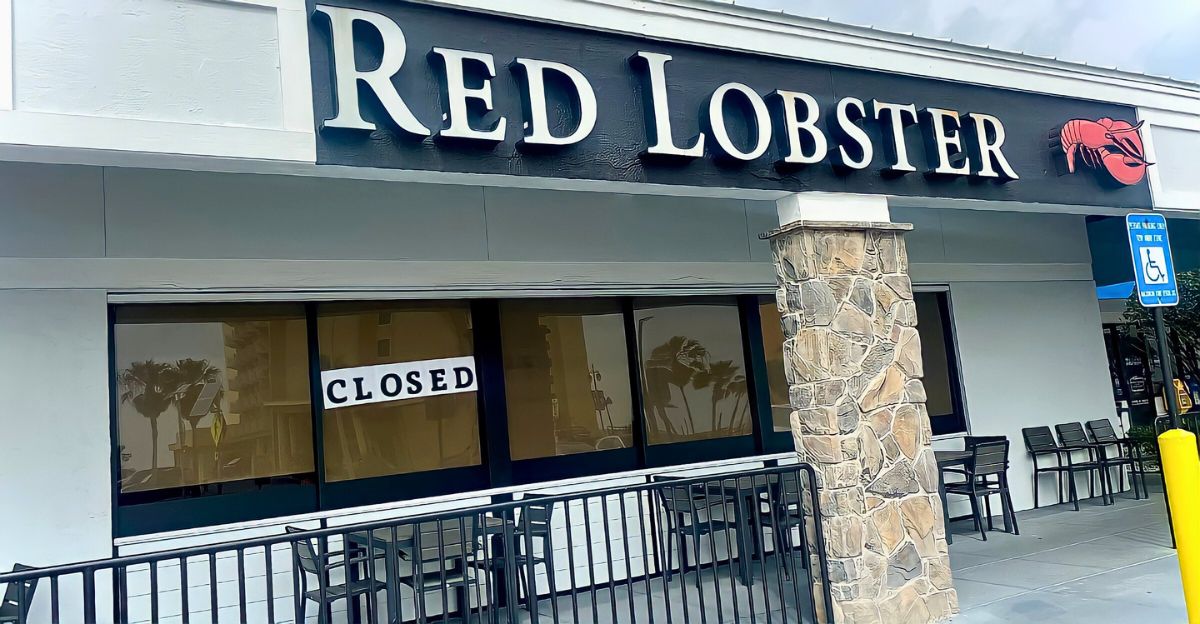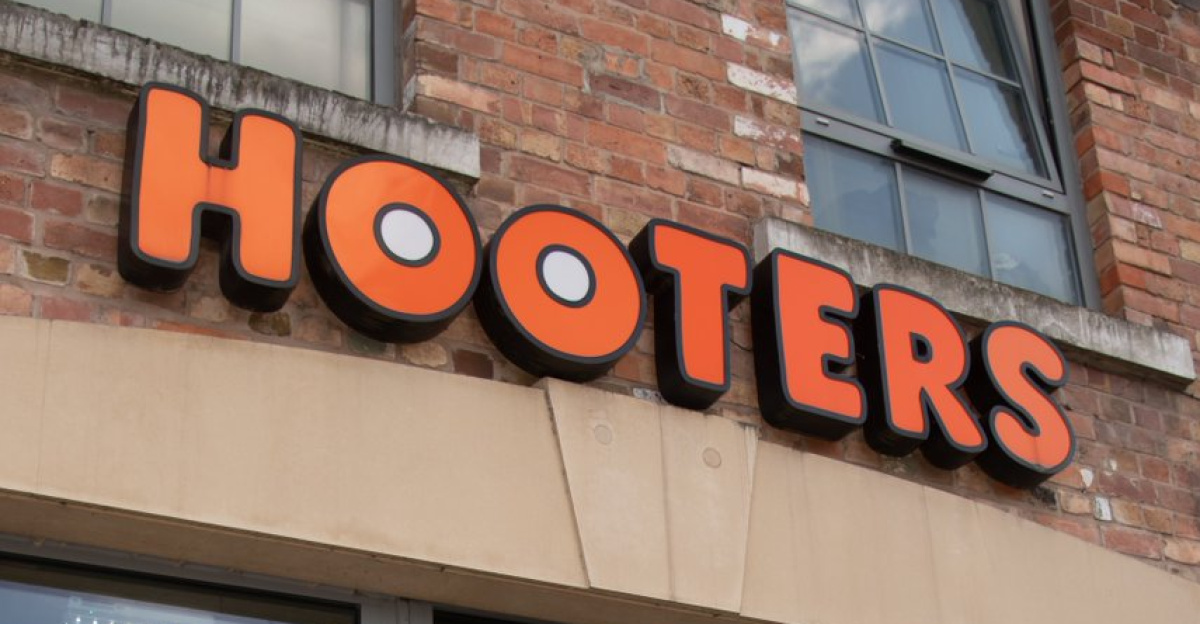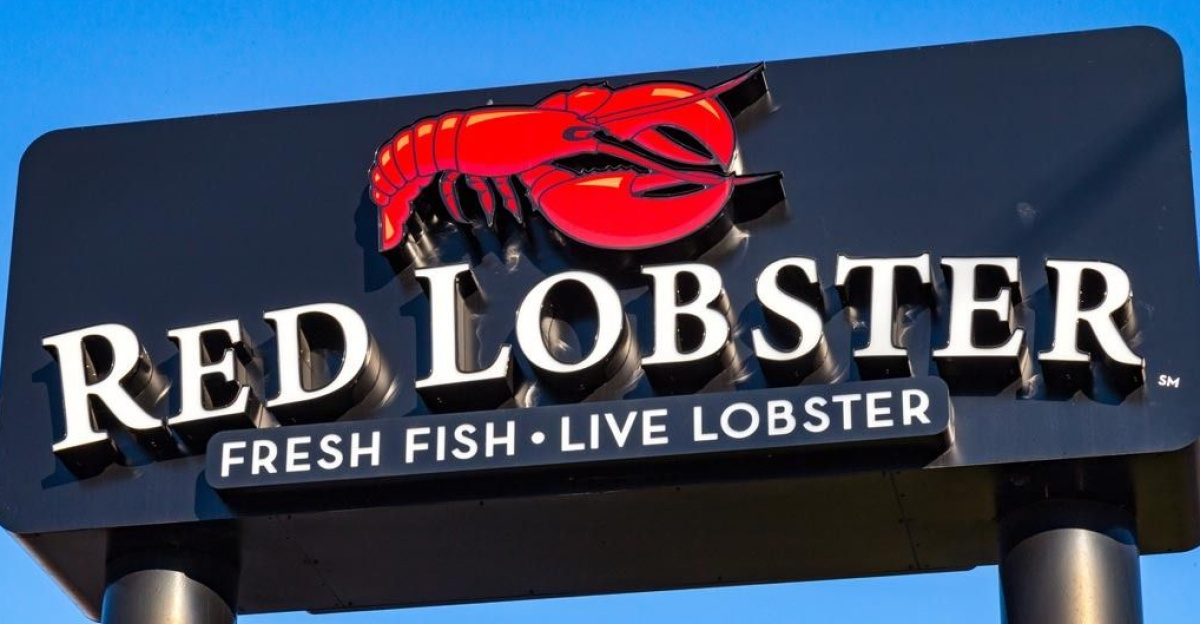
In 2024, the U.S. restaurant industry was devastated by a catastrophic wave of closures, with even iconic chains such as Red Lobster and Denny’s shutting hundreds of locations.
The extent of these closures signals a seismic shift in the dining landscape, affecting not just the companies themselves but also their employees, suppliers, and communities.
The ripple effect of these shutdowns has only begun to reveal itself, promising broader consequences for the industry and consumers alike.
The Perfect Storm

A variety of factors have converged to make this crisis. According to a CNBC report, inflation, rising labor costs, and shifting consumer habits have put immense pressure on restaurant chains, forcing them to close underperforming locations.
Steve Dunn, Denny’s Executive Vice President, explains, “We’re targeting underperforming restaurants that are weighing down the company’s financial performance. Many are too old to remodel or are located in unprofitable areas.”
Industry experts such as Dan Rowe, CEO of Fransmart, add that closures can sometimes strengthen surviving units by boosting demand and improving sales.
More Chains facing Closure: Hooters, BurgerFi. TGI Fridays and More

Behind the headline closures of Red Lobster and Denny’s, a number of other high-profile chains are on the brink of collapse or have already filed for bankruptcy. According to Eat This, Not That, Hooters, known for its wings and distinctive branding, filed for Chapter 11 protection in early 2025 and has closed over 30 outlets across a dozen states, despite earlier assurances it would remain fully operational.
BurgerFi went bankrupt in 2024 with debts nearing $500 million and was acquired by Savvy Sliders, though its future remains uncertain.
TGI Fridays is making a comeback by overhauling 85% of its menu to win back customers, after they filled for bankruptcy in November 2024. Sticky Fingers Rib House and On The Border Mexican Grill & Cantina both filed for Chapter 11 early in March 2025, citing mismanagement and workforce challenges, respectively.
Bar Louie, once popular, abruptly closed several locations and is focusing on sustaining its stronger units. These closures reflect widespread financial strain in the casual dining sector, driven by inflation, labor shortages, and shifting consumer preferences.
The Growing Wave of Restaurant Closures and Their Causes

The restaurant business suffered an onslaught of closures in 2024 as dozens of chains have closed hundreds of locations across the country. This mass extinction of restaurants is largely driven by a combination of lingering pandemic effects, inflationary pressures, and changes to consumer-spending habits.
Chains like Red Lobster and Denny’s have shut underperforming locations tocut losses and focus on profitable sites. At the same time, rising labor costs, supply chain disruptions, and increased rent have put even more pressure on slim profit margins, rendering it unsustainable for many restaurants to continue operating at previous scales.
Global Trade Impacts

The closure of major American restaurant chains has international implications. As domestic demand for certain food products declines, suppliers are seeking new markets abroad.
At the same time, global buyers are diversifying their sources, wary of supply instability in the U.S. This shift alters trade flows and could impact global food prices in the coming months.
The Human Toll

Behind every closure are thousands of workers facing job loss and uncertainty. Red Lobster alone affected 10,000 workers. For many, these jobs were a primary source of income.
Dan Rowe notes, “While closures can strengthen a system, they come at a real human cost. Communities lose gathering places, and workers lose livelihoods.” The emotional and economic fallout is significant and ongoing.
Politics and Policy Responses

The scale of the closures has led to calls for government intervention. Lawmakers from affected states are advocating for emergency subsidies and policy changes that would aid struggling restaurants and their workers.
Some are suggesting tax incentives or direct grants to support businesses in modernizing and adapt to new market realities, while others focus on expanding unemployment benefits for displaced workers.
Navigating the ‘New Normal’

The changing landscape means adapting to consumers’ dining habits. Experts suggest bulk buying, freezing favorite cuts, and seeking out other protein sources before prices push even higher.
Supporting local restaurants, trying new cuisines, and being flexible with dining choices can also help navigate the uncertainty while keeping budgets in check.
Grocery Store Changes

As restaurants close, grocery stores are seeing changes in consumer behavior. With fewer dining-out options, more people are cooking at home, leading to increased demand for groceries.
This shift is causing grocery stores to adjust inventory and pricing strategies, especially for staple products such as beef and poultry.
Consumers are noticing higher prices and fewer promotions, as supply chains strain to meet the new demand patterns.
The Broader Impact

What began as a wave of closures at familiar chains is rippling outward, reshaping how Americans eat, shop, and work.
The effects reach far beyond dining out, affecting grocery stores, global trade, and local economies. As the industry adapts, consumers and businesses alike must stay nimble, ready for whatever comes next.
